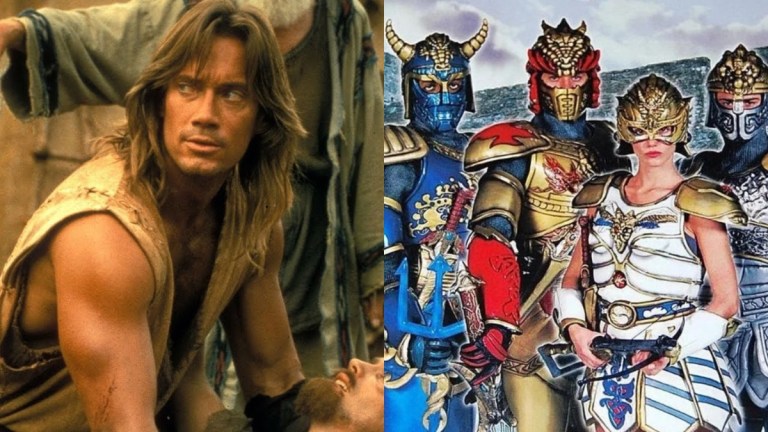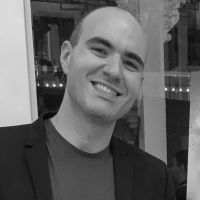How Hercules and Xena Led to an Irish Power Rangers
Hercules and Xena’s omnipresence in the ‘90s helped birth a rare breed: An Irish superhero show.

It was a time of myth and legend. A time of ancient gods. It was the ‘90s and some of the biggest shows on TV were Hercules: The Legendary Journeys, starring Kevin Sorbo, and its spinoff Xena: Warrior Princess, starring Lucy Lawless. Following the exploits of heroes loosely inspired by Greco-Roman mythology, both series ran for six seasons in syndication and were so popular that other companies in the entertainment industry were looking to cash in.
One of them was Saban Entertainment, most famous for creating the mega hit Power Rangers. According to longtime Saban Entertainment producer Robert Hughes, who spoke to this author in 2013 about his time working at Saban, the company was intrigued by the idea of doing a “juvenile version” of Hercules and Xena. The hope was that a series could be developed that was different enough but strongly reminiscent of those shows. The problem was that this proved to be a major stumbling block for the development team at Saban. They just couldn’t find a way to make it work. Hughes, who had produced VR Troopers, Masked Rider, and Big Bad Beetleborgs for Saban, was brought in around 1997/1998 and asked what he could come up with for this series. Hughes remembers that he had an instant reply.
“Greco-Roman, it’s been done. It’s over. You can’t do it.”
Hercules and Xena had already been running since 1995 but more importantly Fox Kids, which aired many Saban shows, already had a deal in place to air Young Hercules. The series, starring Ryan Gosling, would feature Hercules as a young man, so to Hughes there was no reason to try and create a show in a similar vein. Instead, Hughes suggested a totally different idea.
Having been raised Irish-Catholic, Hughes proposed they adapt Celtic myths instead. As he remembers explaining at the time, “the Celtic warriors are even more interesting, more dramatic than the Greco-Roman heroes. Instead of Hercules you’ve got Cú Chulainn, you’ve got Finn McCool. You’be got these great heroes with fantastic powers that are like Hercules, half human, half god type characters.”
Hughes was given the go ahead to develop a pitch for the series, which came to be called Mystic Knights of Tir Na Nog. The series followed four knights: Rohan, who searches for his destiny, Deidre, a warrior princess, Angus, a reformed thief, and Ivar, a prince from a distant land, who transformed using powerful ancient weapons to fight against the forces of the evil Queen Maeve. True to Hughes’ initial idea, the show loosely drew elements from Irish and Celtic mythology. The title of the series was drawn from an otherworldly location in several Celtic tales, Tír na nÓg. The fairy king Fin Varra who aided the Mystic Knights was drawn from the legendary Finvarra fairy, who interacted with humans for good and ill.
The show also drew some influence from Power Rangers, the armor very much evocative of the Ranger suits. Thanks in part to the head of Fox Kids, Margaret Loesch, being a huge fan of all things Irish, the series was put into production and even ended up premiering on the same day as Young Hercules in September 1998.
With its Celtic roots, Mystic Knights was able to stand out from not only the Hercules TV franchise at the time but also Saban’s other big shows, shooting 100% of its own footage instead of the method of splicing in stock action footage from Japan that was popularized by Saban’s Power Rangers. Mystic Knights ran for one season and 50 episodes, the exact same length as Young Hercules.
